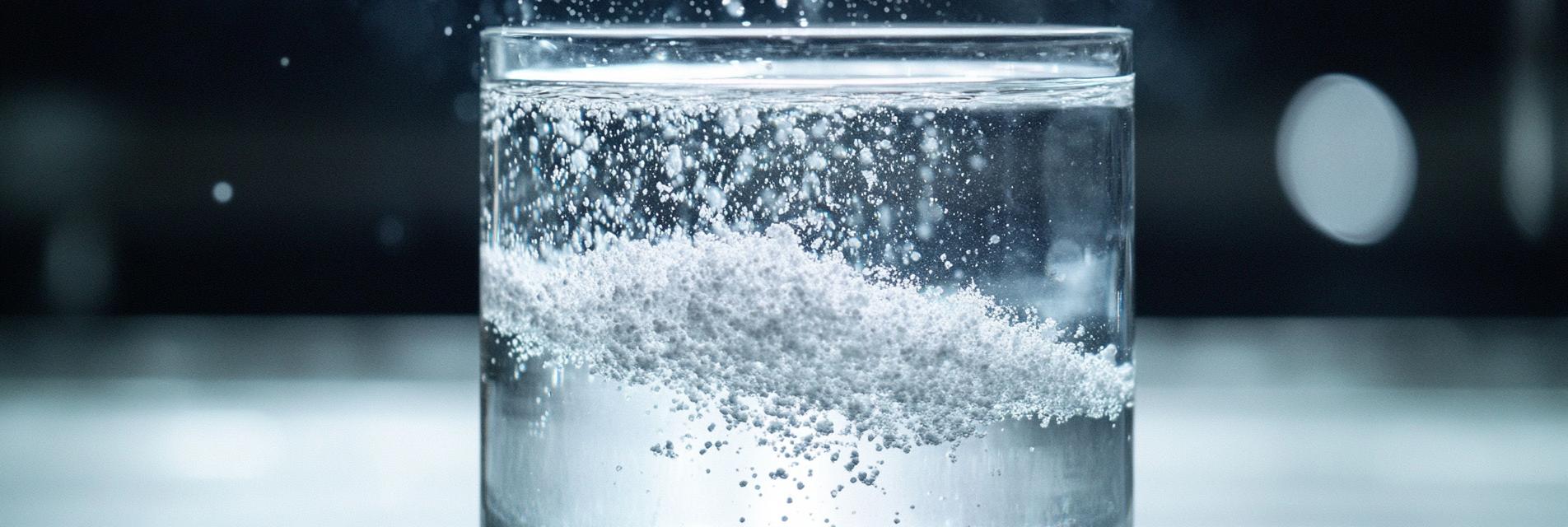Polyacrylamide (PAM) is a versatile polymer extensively used across a range of industrial applications due to its remarkable solubility properties. This characteristic makes PAM an essential component in sectors such as wastewater treatment, oil recovery, and food processing.

The solubility of polyacrylamide is influenced by various factors, including molecular weight and ionic content. High molecular weight PAMs exhibit excellent thickening and flocculating properties, making it suitable for enhancing the efficiency of chemical processes. Recent studies indicate a growing trend towards utilizing modified PAM formulations to meet the evolving needs of different industries.
Continuous advancements in polyacrylamide technology are shaping the future of its applications. As industries seek greener alternatives, biodegradable and eco-friendly formulations of PAM are being developed, ensuring sustainability without compromising performance.
In conclusion, understanding the solubility characteristics of polyacrylamide is crucial for optimizing its application across various industries. Keeping abreast of the latest innovations can provide businesses with a competitive edge in their respective markets.
